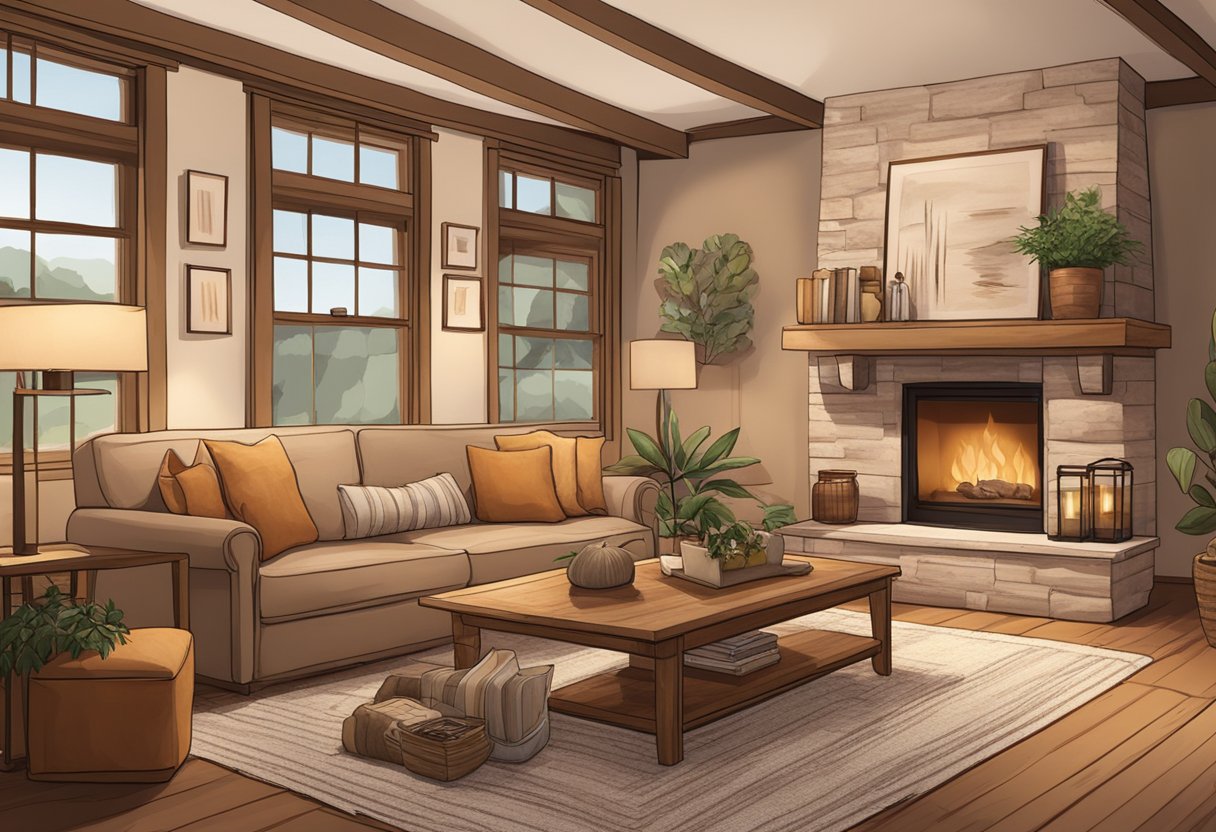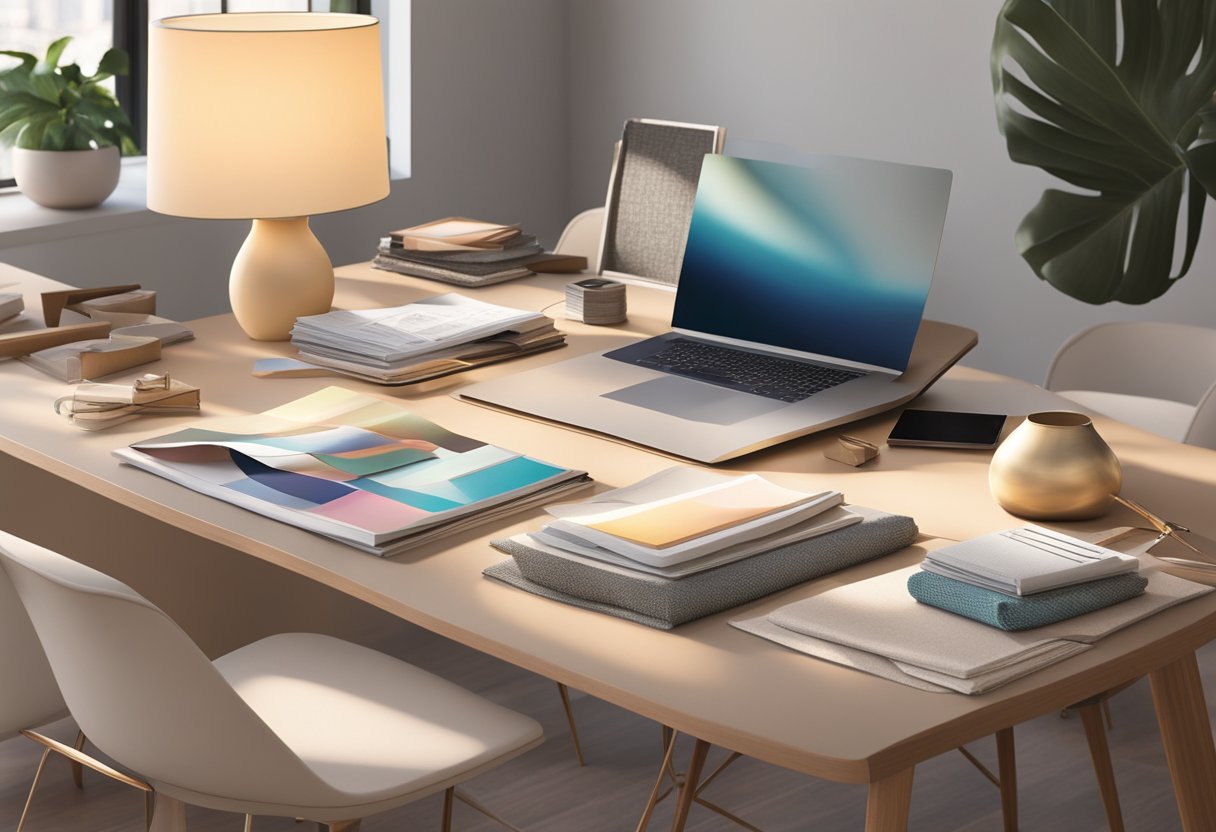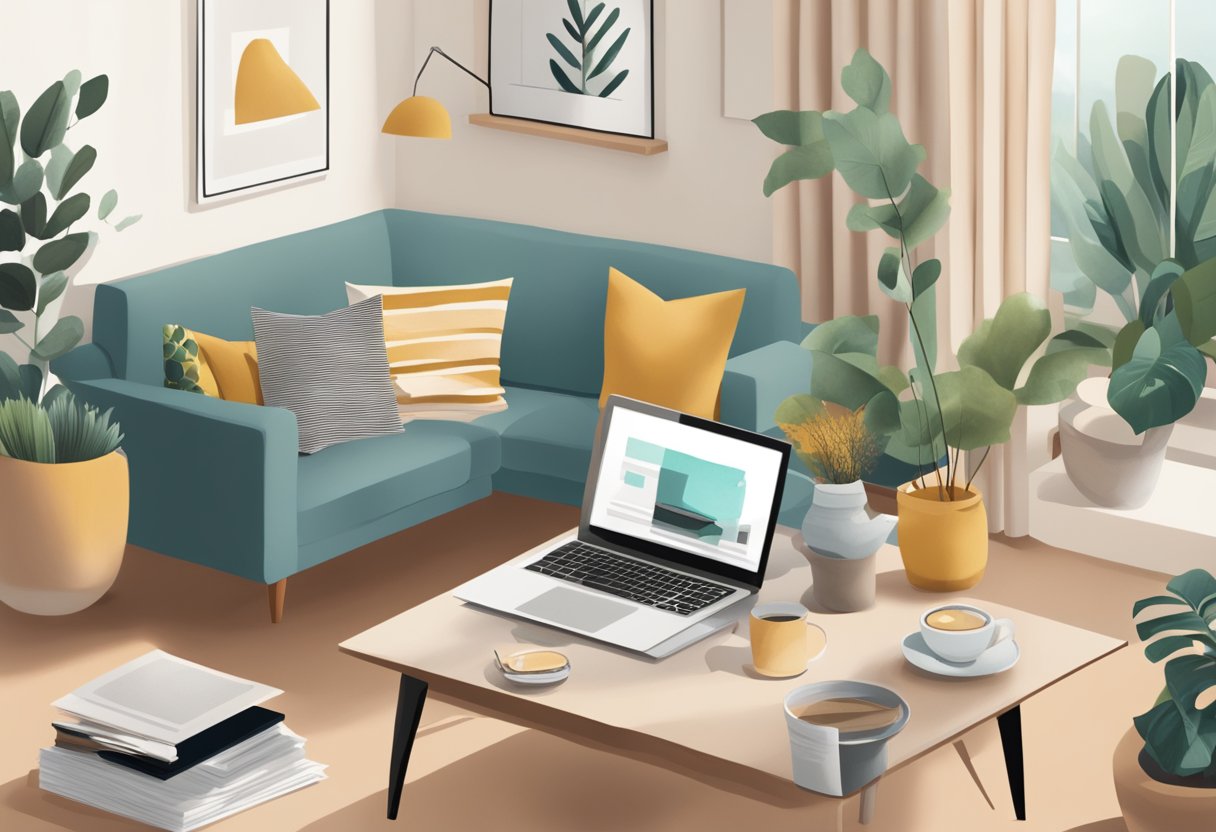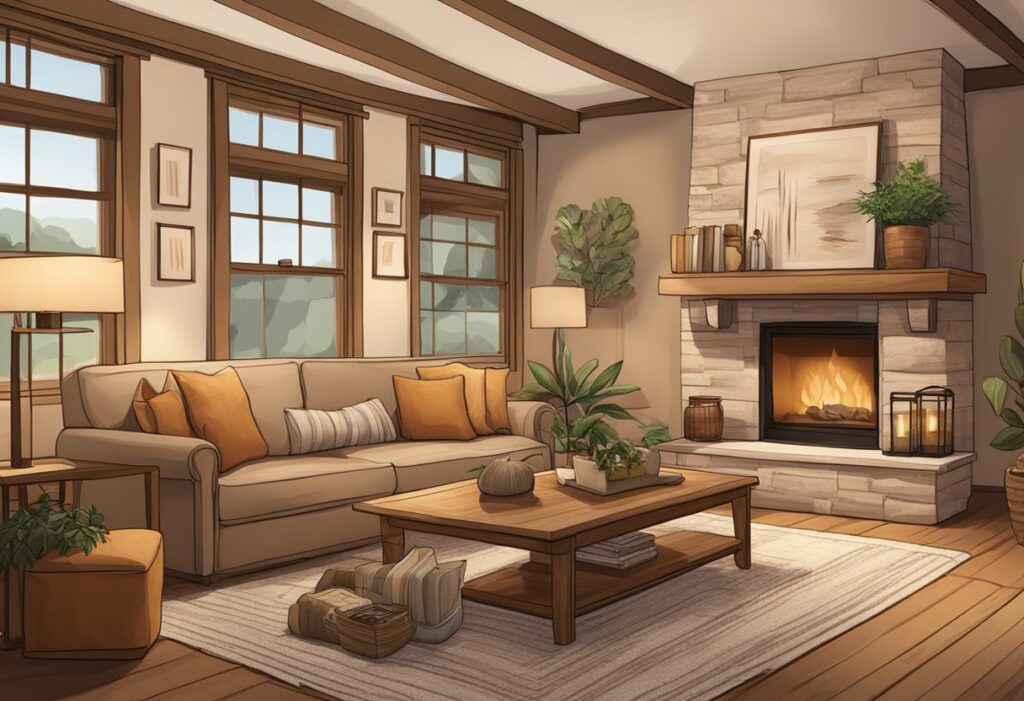Create Mood Board Interior Design: Tips and Tricks for Designing Your Dream Space
Are you looking to create a mood board for your interior design project? Mood boards are a great way to gather inspiration, organise your ideas and communicate your vision to your team or clients. Whether you’re a professional interior designer or a DIY enthusiast, creating a mood board can help you visualise your project and bring it to life.

In this article, we’ll cover the fundamentals of creating mood boards for interior design, from selecting a theme and gathering inspiration to choosing the right images and colours. We’ll also provide tips and tricks for executing your mood board, including how to use different materials and textures to create a cohesive look. Finally, we’ll answer some frequently asked questions about mood boards, such as how to present them to clients and how to use them throughout the design process.
Key Takeaways
- Mood boards are a great way to gather inspiration, organise your ideas and communicate your vision to your team or clients.
- When creating a mood board, start by selecting a theme and gathering inspiration, then choose the right images and colours to bring your vision to life.
- To execute your mood board, experiment with different materials and textures to create a cohesive look, and use it throughout the design process to stay on track and communicate your ideas effectively.
Fundamentals of Creating Mood Boards for Interior Design

Creating a mood board for interior design is an exciting and creative process that can help you bring your vision to life. Whether you are a professional designer or a DIY enthusiast, a mood board can help you visualise your ideas and communicate them to your clients or collaborators.
Understanding Mood Boards
A mood board is essentially a collage of images, textures, colours, and design elements that represent the overall feeling or atmosphere you want to create in a room or space. It can be physical or digital, depending on your preference and design capabilities. The purpose of a mood board is to help you define your vision and establish a cohesive design scheme that reflects your style and personality.
Choosing the Right Tools and Materials
To create a mood board, you will need to choose the right tools and materials that suit your design style and vision. You can use a variety of materials such as paint swatches, fabric samples, textures, and finishes to create a tactile and sensory experience. You can also use digital tools such as Canva, Adobe Photoshop, or other software to create a digital mood board that can be easily shared and edited.
Incorporating Design Elements
When creating a mood board, you should consider incorporating design elements such as furniture, accessories, rugs, lighting, and decor that reflect your style and colour scheme. You can use images of furniture, frames, and textiles to create a visual representation of your design vision. You can also experiment with different textures, finishes, and colours to create a cohesive and harmonious design scheme.
In conclusion, creating a mood board for interior design is a fun and creative process that can help you bring your vision to life. By understanding the fundamentals of mood boards, choosing the right tools and materials, and incorporating design elements, you can create a mood board that reflects your style and personality and communicates your design vision to others.
Executing the Mood Board

Creating a mood board is an exciting part of the design process. It’s where you get to bring all your ideas and inspiration together to create a visual representation of your concept. In this section, we’ll cover the different types of mood boards and the tools and techniques you can use to create them.
Digital vs Physical Mood Boards
There are two main types of mood boards: digital and physical. Digital mood boards are created using software tools like Canva, Adobe Illustrator, or Photoshop. Physical mood boards, on the other hand, are created by cutting out images and arranging them on a board.
Digital mood boards are a popular choice for modern designers as they offer a wide range of software tools and templates to choose from. They are also easy to share with clients and collaborators, and you can easily make changes to the layout or add new images. Physical mood boards, however, offer a more tactile and creative experience, and are great for brainstorming and exploring different combinations of images and textures.
Sourcing and Selecting Inspirational Content
The first step in creating a mood board is to gather inspiration. You can find inspiration from a variety of sources, including social media platforms like Pinterest, websites, magazines, artwork, and stock images. When sourcing images, it’s important to select images that fit your theme and concept. You can also use colour swatches, logos, and other graphic elements to add to your visual collection.
Arranging and Refining the Board
Once you have your inspiration, it’s time to start arranging your board. You can begin by selecting a background or canvas to work on. Then, start dragging and dropping your images onto the canvas. You can play around with the layout, combinations, and colour schemes until you find a cohesive and visually appealing representation of your concept.
When refining your board, it’s important to keep your client in mind. Make sure your mood board accurately represents their vision and includes elements that they will love. You can also use software tools like Adobe Illustrator or Photoshop to add text, logos, and other graphic elements to your board.
In conclusion, creating a mood board is an essential part of the design process. Whether you choose to create a digital or physical mood board, the key is to gather inspiration, select images that fit your theme, and arrange them in a cohesive and visually appealing way. With the right tools and techniques, you can create a unique and inspiring mood board that accurately represents your client’s vision.
Frequently Asked Questions

What’s the best app to craft a stunning mood board for home decor?
There are several apps available for creating mood boards, each with its own unique features. Some of the most popular mood board apps include Canva, Pinterest, and Morpholio Board. Canva is a graphic design platform that offers a simple drag-and-drop interface, while Pinterest allows you to create boards by saving images from the web. Morpholio Board is a more advanced app that offers a range of features including the ability to add annotations and notes to your mood board.
How can one create an impactful mood board without spending a penny?
Creating a mood board doesn’t have to be expensive. In fact, there are several ways to create a stunning mood board without spending a penny. One way is to use free online tools such as Canva or Pinterest. Another way is to use physical materials such as magazines, fabric swatches, and paint chips. You can also take advantage of free trials offered by some of the more advanced mood board apps such as Morpholio Board.
Which software is favoured by designers for assembling mood boards?
Designers often use software such as Adobe InDesign, Photoshop, and Illustrator for assembling mood boards. These software tools offer a range of advanced features that allow designers to create highly detailed and professional-looking mood boards. However, they can be expensive and may require some technical expertise to use effectively.
Are mood boards a common tool among professional interior designers?
Yes, mood boards are a common tool among professional interior designers. They are used to communicate design concepts to clients and to help designers visualize and refine their ideas. Mood boards can include a range of elements such as images, textures, colours, and patterns, and can be created using a variety of materials and software tools.
Can you recommend some mood board templates that spark creativity?
There are many mood board templates available online that can help spark creativity. Some popular templates include minimalist, bohemian, and industrial styles. Canva and Pinterest also offer a range of pre-made templates that can be customized to suit your needs.
What are the steps to creating a mood board in Adobe InDesign?
Creating a mood board in Adobe InDesign involves several steps. First, you need to gather your inspiration materials such as images, textures, and colours. Then, you need to create a new document in InDesign and set up your layout. Next, you can begin to add your inspiration materials to the document, arranging them in a way that communicates your design concept. Finally, you can add text and annotations to your mood board to provide additional context and information.



